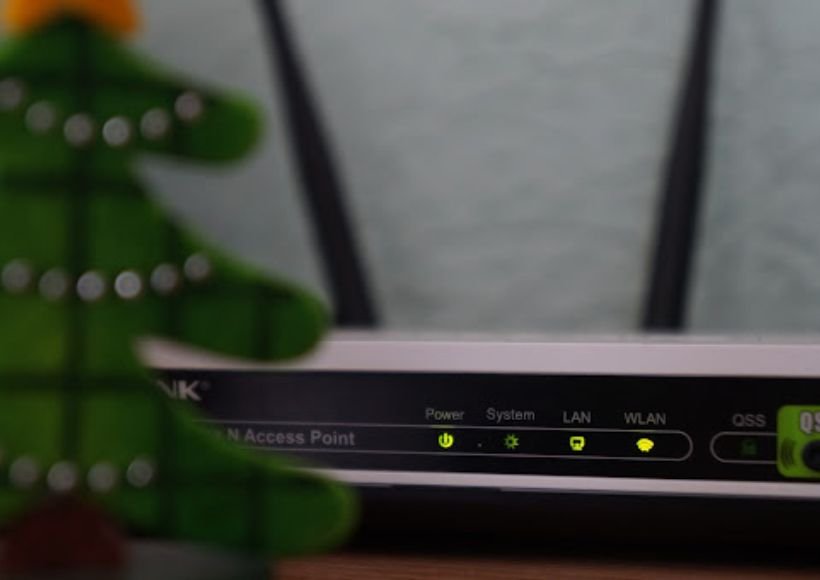How To Create a Cybersecurity Budget For Your Small Business

Cybercriminals only attack multimillion-dollar companies — this is one of the biggest misconceptions of modern crime. As a matter of fact, small businesses account for roughly 43% of all digital attacks today.
In short, this means that you need to have a cybersecurity budget for your company, even if it’s just in the startup phase. However, this process can be daunting for anyone, regardless of experience level.
Here are seven tips to help you create a cybersecurity budget for your business.
Table of Contents
1. Think About Compliance and Legislation
First, it’s important to note that many countries and industries have established cybersecurity standards that help reduce cybercrime.
These vary based on your specialty and location, so you need to consider compliance, legislation, and other requirements you must abide by.
For instance, if you have a small clinic or medical company in the US, you may be subject to HIPAA regulations.
2. Evaluate Your Hardware and Software
It’s estimated that 40% of mobile devices have hardware vulnerabilities, which can be much higher for certain types of equipment.
As such, you need to take the time to evaluate your hardware. This will help you determine whether you need to service your equipment, enhance these tools, or completely upgrade to new devices altogether.
Likewise, remember to evaluate your software versions and licenses to ensure you’re protected against the newest threats.
3. Determine Your Team’s Knowledge Levels
Does your team know what a VPN is? Are they familiar with other cybersecurity best practices?
While you need to provide basic training to ensure everyone is on the same page, evaluating your team’s knowledge will help you determine how much you need to spend on training and education.
4. Identify Gaps in Your Current System
Assuming that you already have some form of cybersecurity system, you should still try to identify any gaps.
The process is straightforward in theory: review your current practices and decide if you should keep or change each one individually.
Yet, if you have a comprehensive cybersecurity system, this will take time. But it’s essential because it can help you save money and improve areas that need extra attention.
5. Consider Your Actions in Case of Emergency
As a company owner or manager, your biggest goal is to prevent worse-case scenarios. But, as every good leader knows, it’s also essential to make plans in case these negative situations arise.
Your response and recovery system should focus on halting the breach if it’s still ongoing, identifying where it started to help prevent other issues, and restoring the data compromised.
Depending on your industry, you may also be required to take actions like informing your clients about the breach and its extent within a certain period, so research your segment’s standards before setting your cybersecurity budget in stone.
6. Remember Risk Assessment is a Constant Task
New risks arise every month, and it’s your responsibility to keep up with these evolving threats. Your best bet is to consider risk assessment a constant task and dedicate a significant part of your budget to this practice.
You can implement different models, from third-party providers to an in-house cybersecurity team. Whatever your choice, make sure to include a detailed breakdown of costs to avoid surprises later on.
7. Protect Your Changing Business Model
In addition to the type of attacks cyber criminals use, it’s also important to note that your business model usually changes over time.
New products and services can widen your company’s attack surface, so you need to evaluate the impact of these additions on your cybersecurity system and make the appropriate adjustments.
To Wrap Up
Cybersecurity is a major area of concern, regardless of the size of your business.
Whether you’re managing a startup that’s on the rise or a business that’s on the verge of taking the next step, take the time to consider your requirements and evaluate your hardware and software.
Note your team’s knowledge levels, and follow the other best practices listed above to set the right budget for your company.
Also Read : Digital Security: What You Should Know About It




